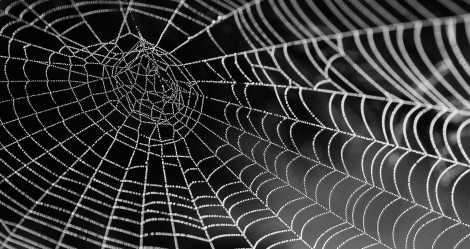
We came across this article on spiders and wanted to share it so that you can become better acquainted with how to tell the difference between a dangerous one from a typical house spider.
Are you one of the millions of Americans who find spiders frightening? Or the equally large group who find them intriguing? Or both! Either way, it’s a common belief that spiders enter our homes and other structures in the fall and take up residence to survive the harsh winter conditions. However, bad news for arachnophobes: pest control experts have found that spiders don’t flock to your home in the autumn, but rather they’ve been living with you year-round. As spring emerges, these unseen houseguest house spiders are starting to prepare for the summer season by laying eggs and making your home – they’re home!
While a few spiders on your property can actually be a good thing — they eat annoying pests like mosquitoes, flies, and ants — female spiders can lay as many as a couple hundred to a thousand eggs, which is a few hundred too many for most homeowners.
To learn more about the seven most common house spiders and identify what kind of arachnid you’re dealing with, please click the link below. Northwest Pest is always here to help you rid your property of these crawling creatures!
American House Spider (aka Common House Spider)

The American house spider resides in the same family as the black widow spider; however, this species rarely injects its venom, and the venom is not lethal to humans. Victims will probably experience nothing more than an itchy bump at the site of the bite.
Click here for more spider information from this helpful article’s source
We would love to help you rid your home of pesky pests!